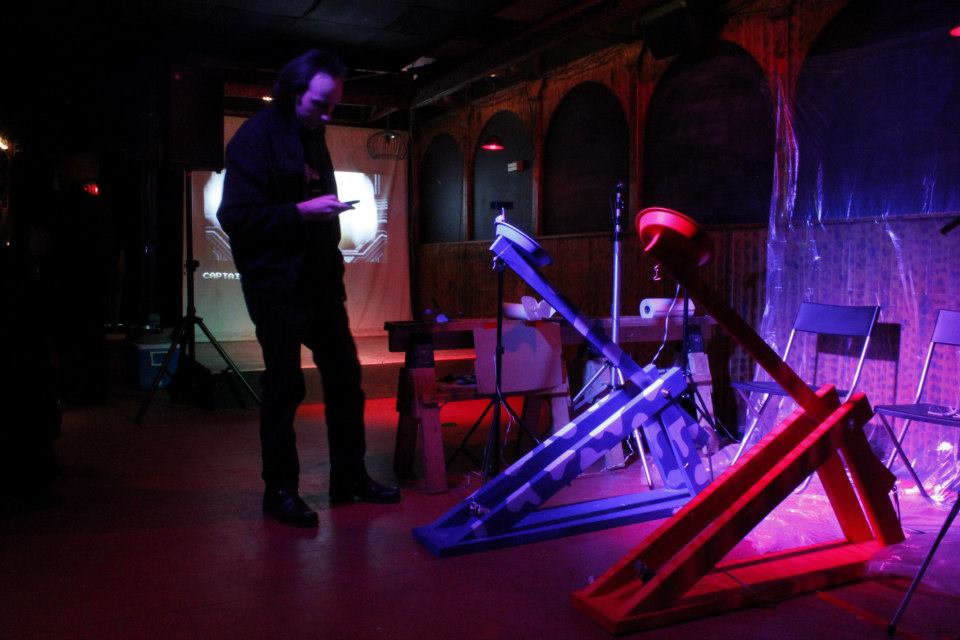Advanced Interfaces



Physical Computing is when you use a micro-controller such as an Arduino or a small computer such as the Raspberry Pi and a variety of sensors and actuators to accomplish a task. Communication often happens between the micro-controller and a computer. For instance, you can use a proximity sensor to find out how close someone is to your installation and activate a video response accordingly.
There is a whole utilitarian movement called "The Internet of Things" that encorporates physical computing - watering your plants from a computer or checking your fridge contents from the grocery store. Our interest is more on the expressive side which tends not to fall under the term "the Internet of Things". The expressive side is often thought of as installation art, interactive soundscapes, experiences, magic, etc. The goal again is to move these experiences into the marketing world so that the creative people can get paid!
Dan Zen is about to create a mobile app called Droner where friends can control friends. This social experiment would let a group of friends collectively control a friend through a mobile interface. The friend would receive impulses from actuators on the arms, legs and head that are controlled by a micro-controller hooked up to the mobile devices.

Above is a pie-throwing game made by the Creative Technologists of Toronto including Westly, and IMM Graduate shown in the picture. You can see on the blog the various types of projects they are making with physical computing.